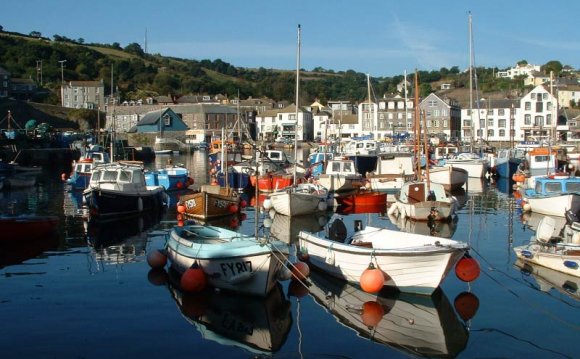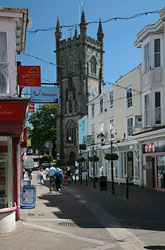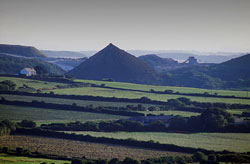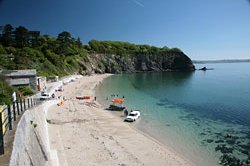
 Select view
Select view
The old market town of St Austell is simply various kilometers from the shore and is certainly one of Cornwall's biggest cities. It was for years and years a significant mining city nonetheless it had been a discovery into the mid eighteenth century that really put the town regarding map.
William Cookworthy, a chemist from Devon, discovered massive deposits of kaolin (a kind of decomposed granite), or china clay in your community. The mineral can be used in not merely producing porcelain but an entire host of companies including paper, pharmecuticals and fabrics. The extraction of china clay became the mainstay of local industry and accelerated the development of town through the eighteenth century onwards. One estimate puts the worth of the industry at the time at around £15 billion in the current money.
The china clay business is in decline with cheaper foreign sources now-being made use of. However the industry not only changed the town itself but features remaining its mark on the landscape around St Austell. The Cornish Alps because they are occasionally described would be the spoils from the clay pits which form huge, initially white, conical mounds. Over recent years a few of these have now been lanscaped and flattened to from a less unique landscape.
The Cornish Alps because they are occasionally described would be the spoils from the clay pits which form huge, initially white, conical mounds. Over recent years a few of these have now been lanscaped and flattened to from a less unique landscape.
Another long term business into the town is St Austell Brewery. Launched in 1851 by Walter Hicks this has grown to become effortlessly the biggest brewery in Cornwall with a string of pubs. The brewery is available to people for tours
Possibly the cities biggest draw today is-it's proximity towards the great, only 2 miles away. Eden has become, undoubtedly, the preferred single traveler attraction in Cornwall. Interestingly enough the biomes were built in a classic china clay pit. There's been a great deal discussed environmentally friendly and righteous motives of this Eden venture, but discover many proof to your contrary along with the fact that it offers truly increased traffic in your community!


Share this article
More about Port Isaac (Cornwall)



